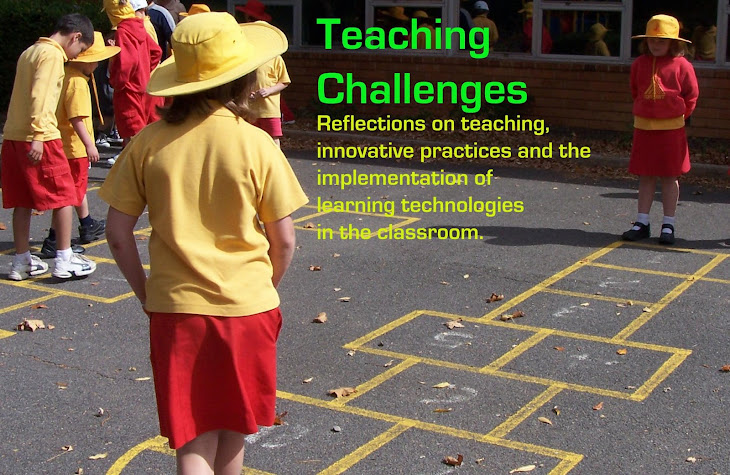Using Notability to Support the Teaching of Spelling
My current school uses THRASS resources to teach students to spell. Our methods work from a phonographic model, whereby the focus is on the phonemes (sounds) and the many ways these sounds can be represented in the English language. My class has been looking at the sound j like in jam, giant, cage and bridge. I grabbed a bunch of whiteboards and markers and sat down with my class ready to start a spelling activity, but then I started feeling guilty. Also beside me were the iPads we had used earlier in the day for research. So, instead so handing out the whiteboards, I handed out the iPads.
My first attempt was far from beautiful. I gave a brief introduction to Notability and then asked boys to simply write the four graphemes we had identified (j, g, ge, dge) and then type in words under the right headings as I said them. I wished that I could set it up in a table, but in hindsight, I think that was just a bit of residual from years of working in a word processing environment. I needed to find the way to do this in a note taking environment.
I had a bit of spare time one night, so played around a little with it, and found a way to make it work well. This new method involves using a sticky for each of the graphemes. As I played, I also realised there was another common grapheme, dg as in budget - b like in bird, u like in bus, dg (like in budget), e like in garden, and t like in tap. When I taught my students this grapheme, they struggled to understand why it wasn't just dge, given that combination is there. What I needed to show them was that in this group of words the letter e had a different sound it represented, whereas in bridge the e doesn't represent another sound, so can be grouped with the dg. Tricky!
So....the steps are:
- Students make a new note and change the title to something relevant by selecting the heading when in typing mode.
- Students click on the plus symbol and make a "typing" sticky for each focus *grapheme and label these. To change colour, tap away from sticky, then back on sticky, and option tabs will come up above. Choose "paper" to select the sticky background colour.
- Teacher calls out words with focus *phoneme and students type these on the appropriate sticky.
- Students share their work with a partner and discuss their reasoning. Students can make changes.
- Teacher shows correct groupings. Students make changes as necessary.
- Students use the highlighter tool to show the focus grapheme in words.
- Students select a word from one of their stickies eg. Judge. They click on the plus symbol to add a figure and draw a relevant picture. They crop the picture and then select "done". They move it to the appropriate box and then tap on "Add a caption" to write a sentence about the picture (with appropriate punctuation). Repeat for each grapheme.
- Students who finish early can record audio of them saying and sounding out words from their page.
- Students share their work - showing iPad, using Air Play, printing screenshot, email...
*grapheme - letter or letter combination that represents a sound in a word
*phoneme - unit of sound
What's the point?
When I try to integrate ICT I often find myself asking, "What's the point?" Is there a significant reason for using this strategy over pencil and paper, or whiteboard and marker? Is this same old but just with fancier toys? I'm still not 100% sold on this idea, particularly because it takes so long I the early phases, but there are definitely some benefits.
Reasons I would do it:
- Next year my students will be required to bring their own iPads to school and will be using this app. By helping them grow accustomed to it now, they will be ready to use it independently in the future.
- My students are highly motivated when using the iPads
- Students are learning how to use technology to create documents to record their thinking and learning
- The spell check function supports students with their writing and placement. If they spell a word incorrectly, they will have this information immediately and can consider other options.
- When you have students record their sounding out of words, it makes it easier to identify their errors with breaking the words down into sounds







No comments:
Post a Comment
I'd love to hear your thoughts and questions. Please don't be shy...
:)